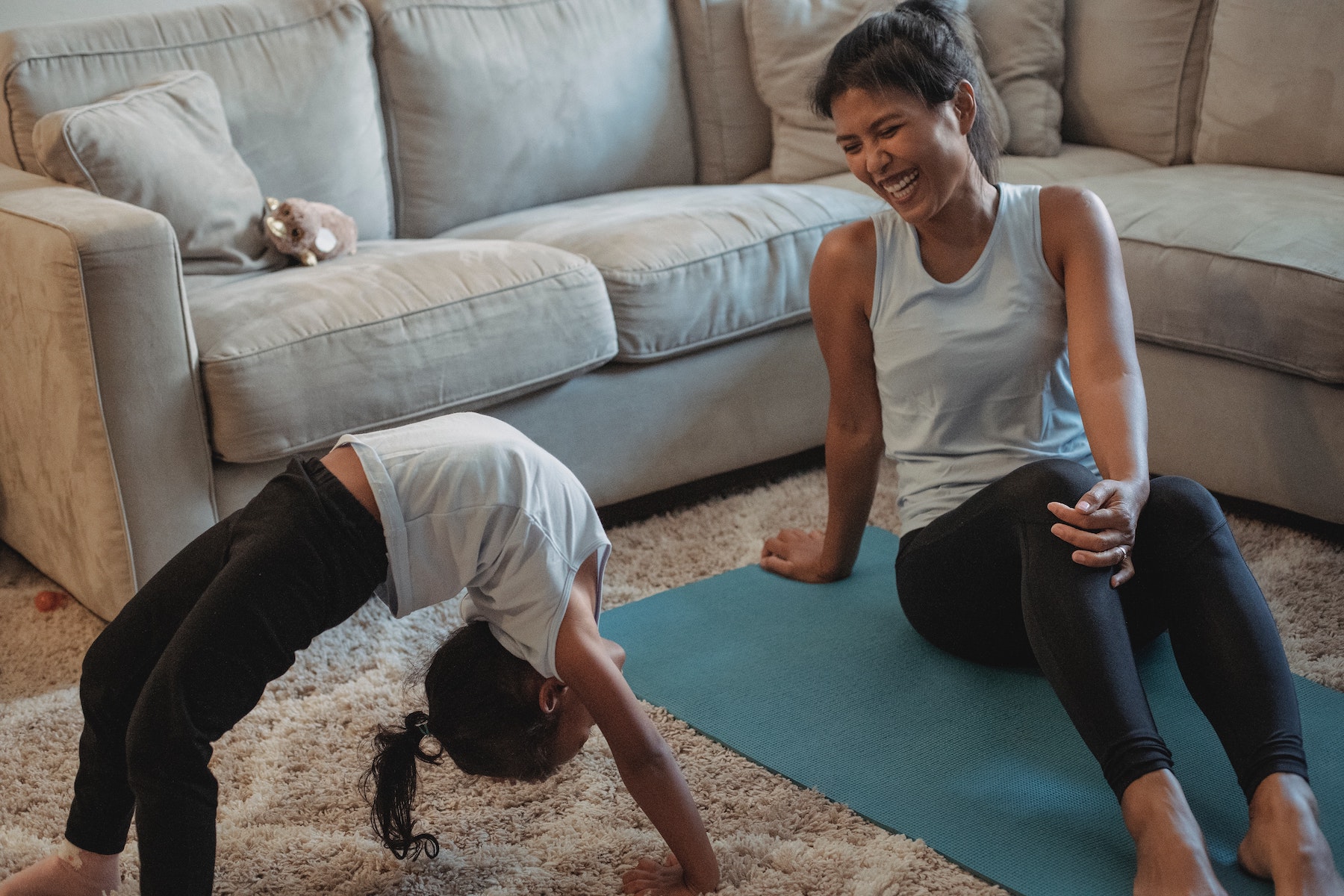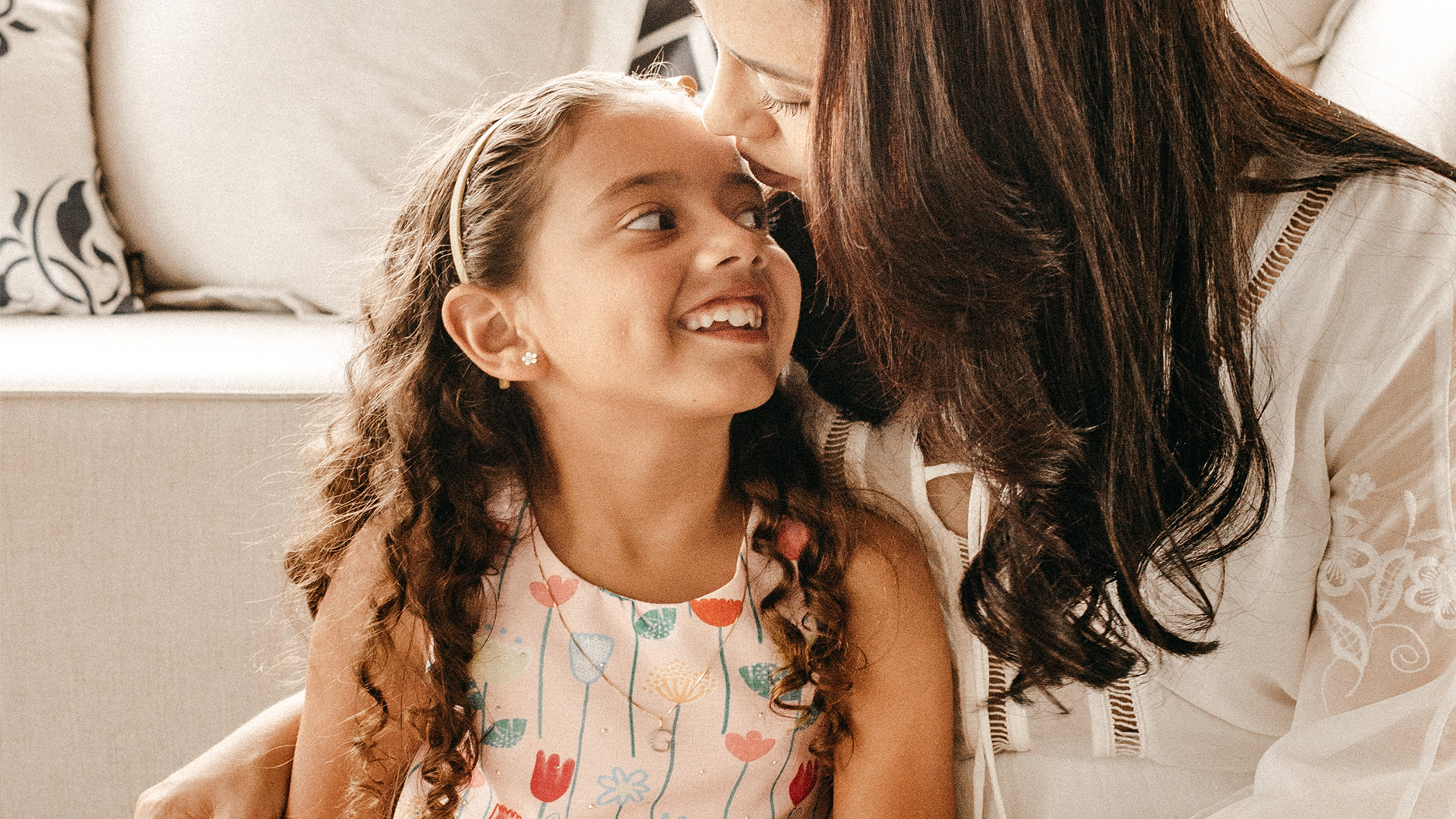
When my son was three years old, his school introduced him to Dr. Martin Luther King, Jr. He became completely fascinated with Dr. King, so my husband and I walked with him down an MLK rabbit hole. Well, an MLK rabbit hole that we felt was appropriate for a three-year-old.
We live in Atlanta, so we took him to visit Dr. King’s birth home. We also read books and watched videos about Dr. King’s involvement with the Civil Rights Movement and introduced him to the famous I Have a Dream speech which he requested be played on repeat. Recently, when we visited Washington D.C., we took him to both the Lincoln and Martin Luther King, Jr. Memorials.
But of course, the truth of Dr. King’s work and legacy is quite a big concept to understand at such a young age. And, to be honest, while we happily talked with him about Dr. King being a leader and role model, we weren’t eager to engage him in a conversation about race and inequality. But he was so relentlessly curious:
Why did Martin Luther King, Jr. go to jail? What does “equal” mean? Why do those dogs look so mean in that picture? Is Martin Luther King, Jr. still alive? How did he die? Why did he say, “______” in the I have a dream speech?
We tried so hard to craft our responses; unfortunately, our veiled attempts at discretion always slightly missed the mark. I tried to explain “equality” by using pepperoni pizza and telling him that “equality” meant everyone gets the same number of slices. All throughout that conversation I was so proud of my “good” parenting.
But that went left very fast when I heard him tell someone that Dr. King was a pizza man. My husband and I wanted to respond to his questions in a developmentally appropriate way. Yet, at the same time, we wanted to be honest in sharing the painful past of our country . . . well, edited parts of it. The depths of segregation, injustice, and the mistreatment of people of color just seemed to be very big for his three-year life experience.
We wanted him to continue living in a utopian world where race did not matter. We wanted him to continue living in a world where it was completely normal for his racially diverse friendship crew to affectionately call each other “brother and sister.” But we realized, even though that was the truth of his experience, it wasn’t the truth of the world in which our little black boy lived.
If we did not want to perpetuate an ideology of ignorance, we had to engage his curiosity with truth. We decided to introduce our son to race, or so we thought. Through the conversation we realized that in actuality, we were just giving him language for something he had already noticed. In the same way that he had noticed gender differences among his friends, he had also noticed racial differences. But the difference between his three-year-old understanding of race and my adult understanding of race, was that his was just developing.
My husband and I had an amazingly rare opportunity in our hands to consciously mold his thinking as it pertained to race and equality. We were literally laying the foundation for how he would grow up understanding these things. While this is such an amazing gift, creating change within the world is not something one household or even one race can accomplish alone. If we want to raise up a new generation of leaders who establish a new world norm; ignoring conversations of race, racism, injustice and inequality within the home are not privileges any of us are granted.
As parents, we need to check in with our children to discover what they already know, what they’ve seen/heard and what they think about it all. If necessary, we need to be willing to do the work of deconstructing and reconstructing.
Yet, while conversations about race are essential, they alone don’t create the inclusion necessary to cause generational change.
Children need to see people coming to their home who look different than them.
Children should be exposed to cultures different than their own.
Children should see their parents laugh and have substantive conversations with other races.
Though it’s essential for children to see people who look like them doing amazing things; it’s also essential for children to see people who don’t look like them doing those same amazing things. This will help them grow up not only knowing things should be equal, but becoming initiators of racial equality.




